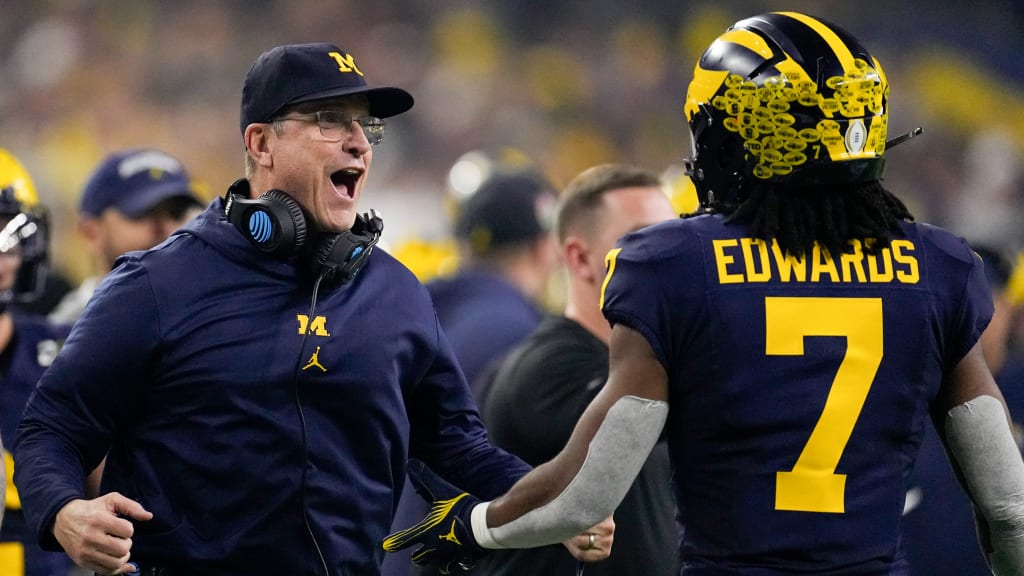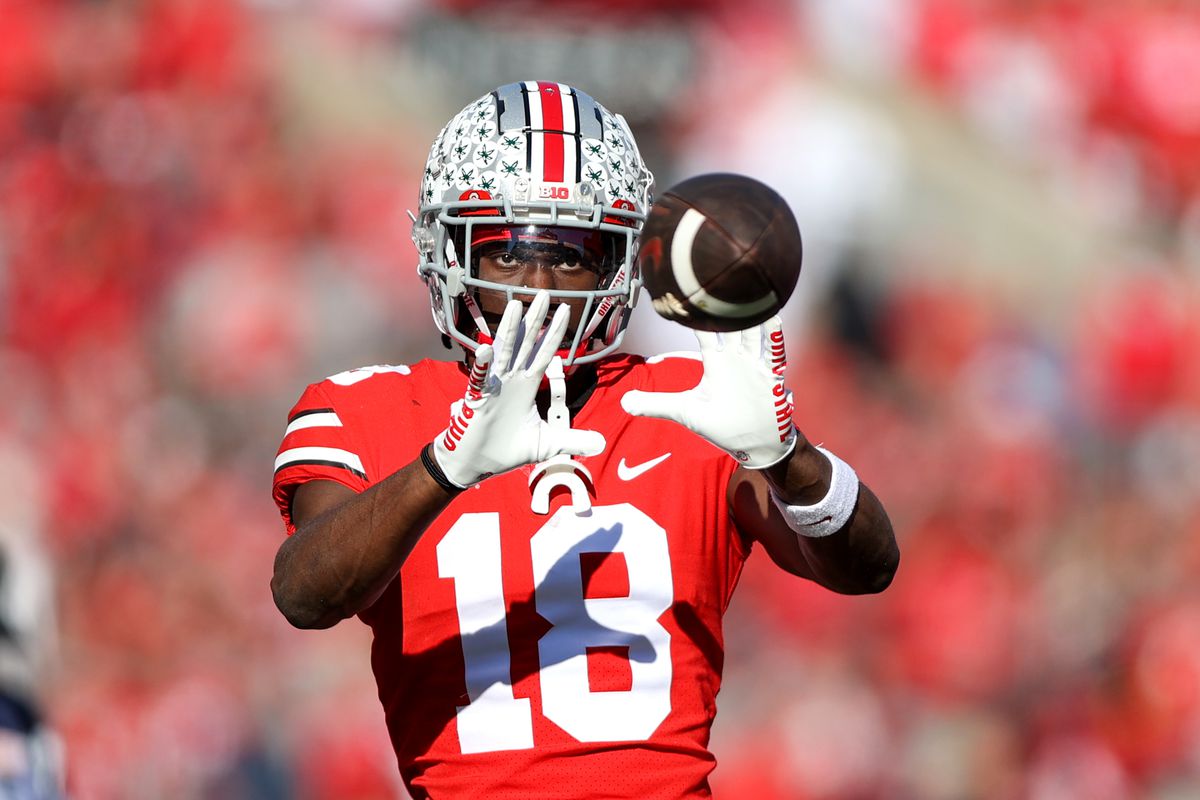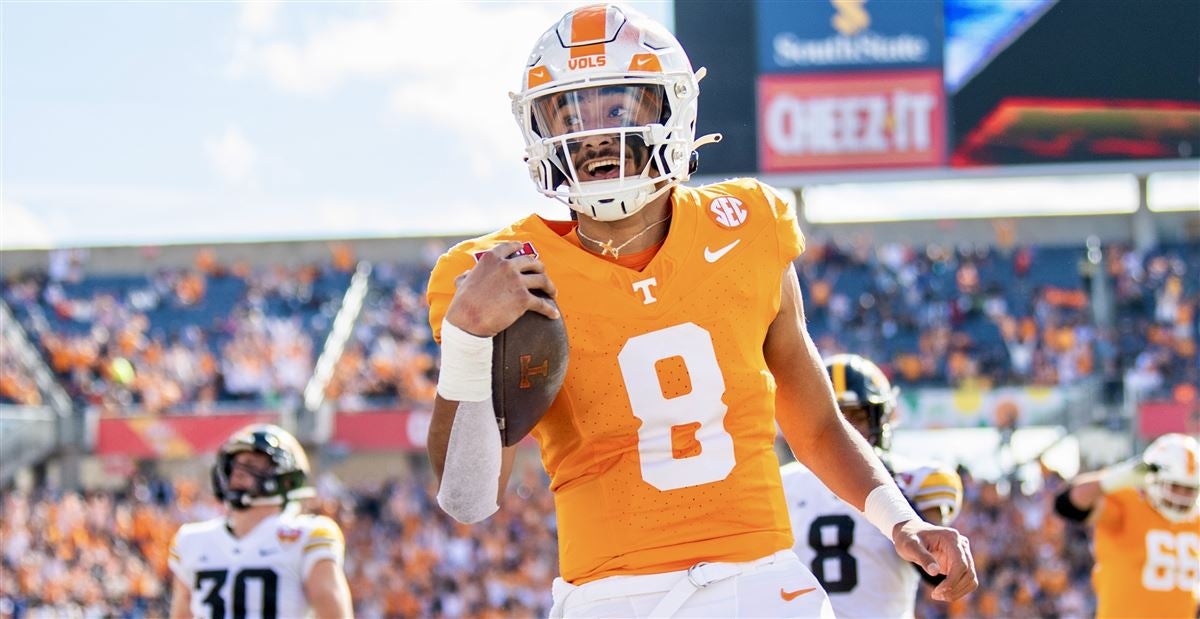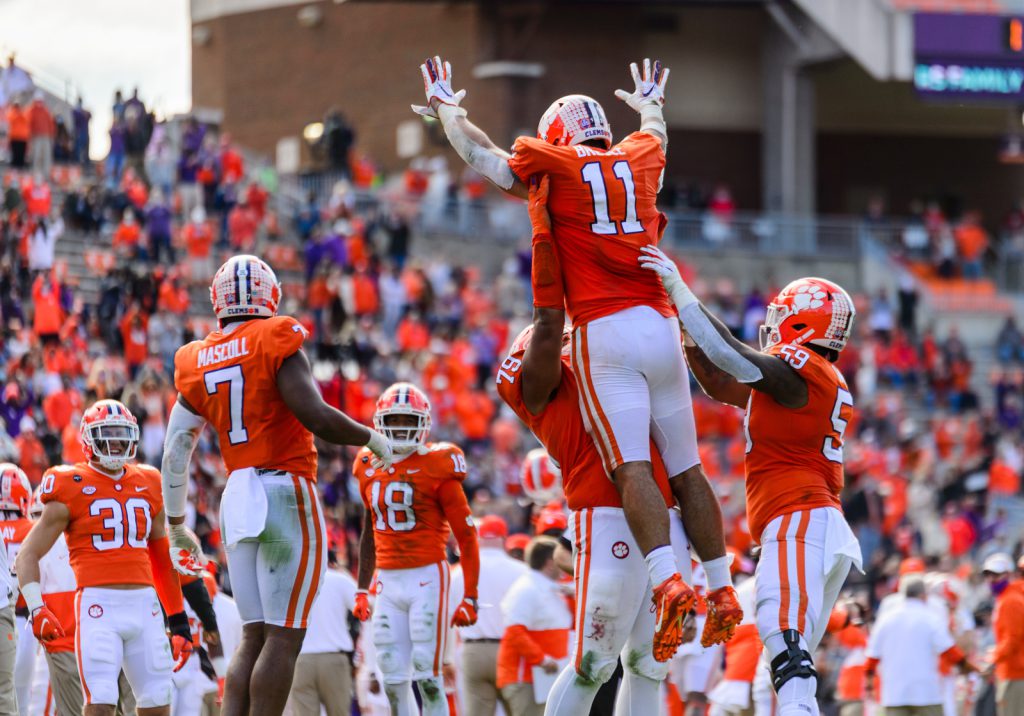I. Introduction
A. Definition and overview of a touchdown in football
A touchdown in football is a scoring play where a player enters the opponent’s end zone while possessing the ball. It is the primary method of scoring and a significant objective for the offense.
B. Importance and role of the touchdown in the game
Scoring a touchdown is crucial in football as it earns a team points and brings them closer to victory. Touchdowns are often the result of exceptional teamwork, skillful execution, and strategic planning, making them a defining moment in a game.
II. The Anatomy of a Touchdown
A. Scoring a touchdown
- Crossing the goal line with possession of the ball
To score a touchdown, a player must carry the ball across the opponent’s goal line or catch a forward pass while having both feet within the end zone. This act demonstrates the offensive player’s ability to penetrate the opponent’s defense and advance towards the ultimate scoring area. - Successful completion of a forward pass in the end zone
A touchdown can also be scored by a receiver catching a forward pass in the opponent’s end zone. This requires precise timing, coordination between the quarterback and receiver, and overcoming the defense’s efforts to prevent a completion.
B. Acquiring points
- Six points for a touchdown
Scoring a touchdown earns the offense six points, the highest amount awarded for a single play in football. Touchdowns provide a significant boost to a team’s score and momentum, often shaping the course of the game. - Possibility of an extra point or two-point conversion
Following a touchdown, teams have the opportunity to earn additional points via an extra point or a two-point conversion. The extra point involves an attempt to kick the ball through the goalposts, while a two-point conversion requires successfully crossing the goal line again using either a run or a pass play.
III. The Scoring Process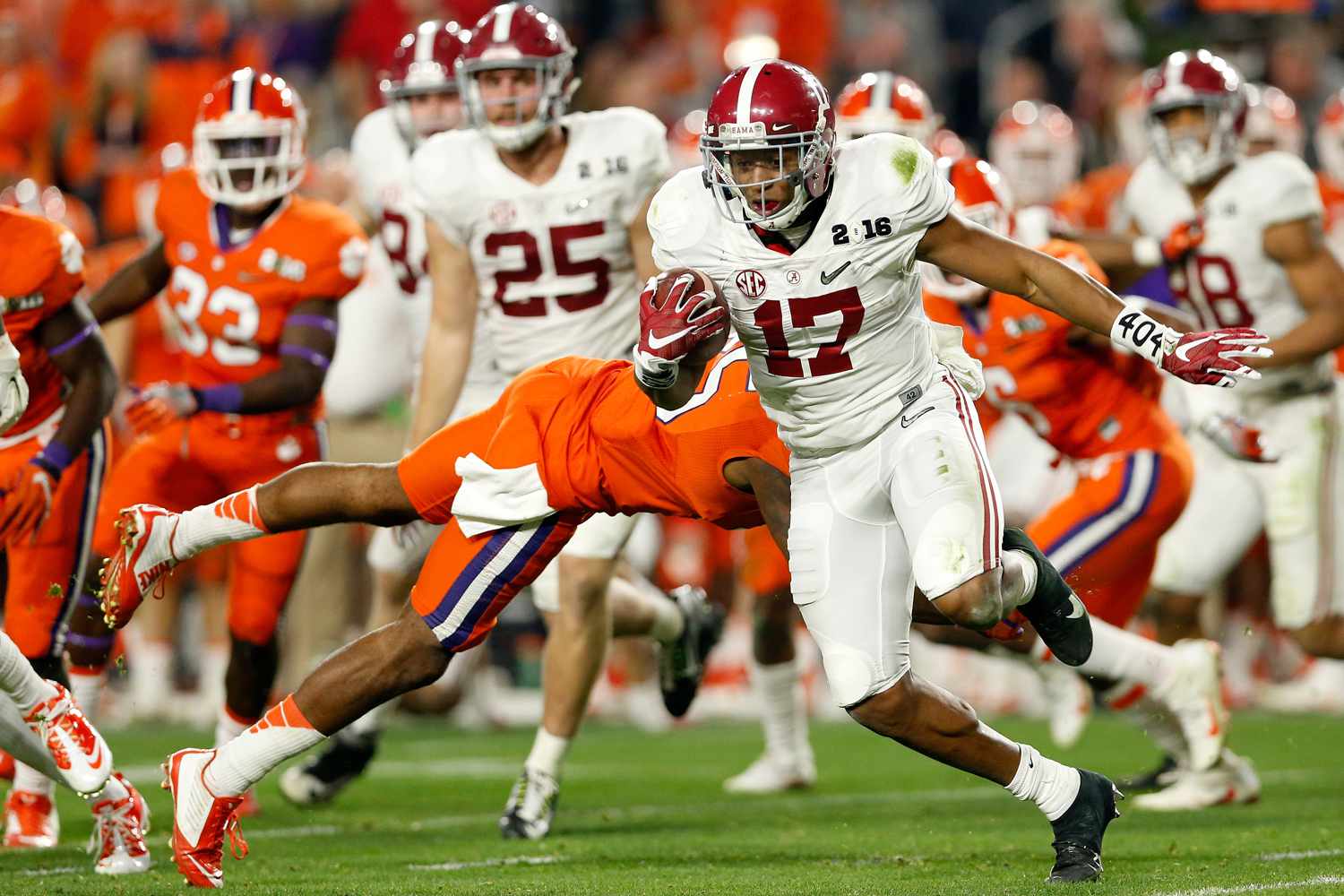
A. Offensive strategies to reach the end zone
- Running plays and rushing touchdowns
Running plays involve the offense’s ball carrier, typically a running back, attempting to advance the ball by rushing through the defense and crossing the goal line. Rushing touchdowns often require strong blocking from the offensive line and precise decision-making by the ball carrier. - Passing plays and receiving touchdowns
Passing plays involve the quarterback throwing the ball downfield to a receiver with the intention of completing a catch in the end zone. Receiving touchdowns require coordination between the quarterback and receiver, precise route running, and skillful execution to overcome defensive coverage and score.
B. Defensive efforts to prevent touchdowns
- Goal-line defense and red zone strategy
Near the end zone, defenses strategize to prevent touchdowns by employing goal-line defense or specific red zone schemes. These tactics focus on tightening coverage, filling gaps, and putting pressure on the offense to disrupt their scoring opportunities. -
Intercepting or blocking an attempted pass
Defensive players aim to intercept or block attempted passes in the end zone to prevent touchdowns. This requires anticipation, athleticism, and the ability to disrupt the offense’s passing game by positioning themselves in passing lanes or timing jumps to deflect or intercept the ball.
IV. Celebrations and Traditions
A. Touchdown celebrations
Touchdown celebrations in football have become an integral part of the game, allowing players and teams to showcase their excitement and camaraderie after scoring a touchdown.
- Player and team celebrations After scoring a touchdown, players often celebrate individually or as a team. These celebrations can range from elaborate choreographed dances to spontaneous displays of joy and camaraderie.
- Evolution of touchdown celebrations in football Over the years, touchdown celebrations have evolved and become more creative, with players using props, reenacting popular culture references, and engaging in coordinated group celebrations. The NFL has also revised its rules regarding celebrations, allowing for more creative expression.
B. Historical and cultural touchdown traditions
In addition to player and team celebrations, certain touchdown traditions have become an integral part of the culture and history of football.
- Spike the ball One of the most recognizable touchdown traditions is the act of spiking the ball, where the player who scores forcefully throws the ball into the ground. This act is a symbol of excitement and a way for players to release their energy after scoring.
- Lambeau Leap and other stadium-specific traditions The Lambeau Leap, originating from the Green Bay Packers, involves a player leaping into the stands after scoring a touchdown. Other teams have created their own unique traditions, such as the Terrible Towel wave by Pittsburgh Steelers fans or the Mile High Salute by Denver Broncos players.
V. Impact of the Touchdown on the Game
A. Momentum and emotional boost
Scoring a touchdown has a significant impact on the momentum of a game and provides an emotional boost for both players and fans.
- Significance of scoring a touchdown in shifting momentum A touchdown can drastically shift the momentum of a game, providing a surge of energy for the scoring team and deflating the opposition. It can change the flow of the game, inspire comebacks, or solidify a team’s control over the outcome.
- Emotional impact on players and fans Scoring a touchdown elicits strong emotions in both players and fans. It ignites feelings of joy, celebration, and unity among the scoring team, while fans erupt in cheers and jubilation. Touchdowns create lasting memories and can forge emotional connections between the game and its supporters.
B. Tactical considerations
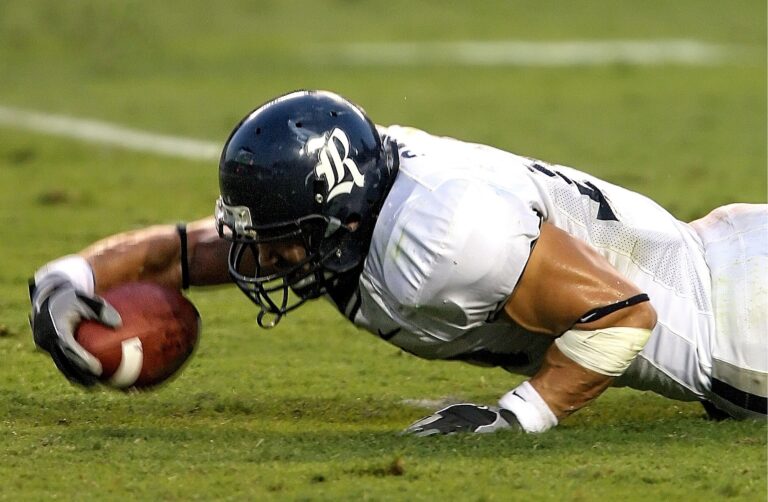
Beyond the emotional impact, touchdowns also have strategic implications within the game.
- Scoring and clock management strategies in late-game situations In late-game situations where a team is trailing, scoring a touchdown becomes essential. Teams must carefully manage the clock and use their scoring opportunities effectively to secure a victory or force overtime.
- Touchdowns as drivers of offensive game plans As touchdowns are the most significant method of scoring in football, offensive game plans are often centered around reaching the end zone. Coaches and play-callers design plays and strategies to maximize the likelihood of scoring touchdowns, whether through a strong rushing attack or a dynamic passing game.
VI. Conclusion
In conclusion, touchdowns in football are not only crucial for scoring points but also for the celebrations and traditions they inspire. Touchdown celebrations have evolved over time, becoming more creative and allowing players to showcase their individuality and team unity. Historical and cultural traditions, such as spiking the ball or the Lambeau Leap, have become iconic aspects of the game.
Beyond the celebrations and traditions, the impact of touchdowns extends to the game itself. Scoring a touchdown can shift momentum, provide an emotional boost, impact clock management strategies, and influence offensive game plans. Touchdowns have a profound effect on players and fans, creating memorable moments and forging connections between the game and its supporters. The excitement, traditions, and strategic significance surrounding touchdowns make them a foundational element of the game of football.
